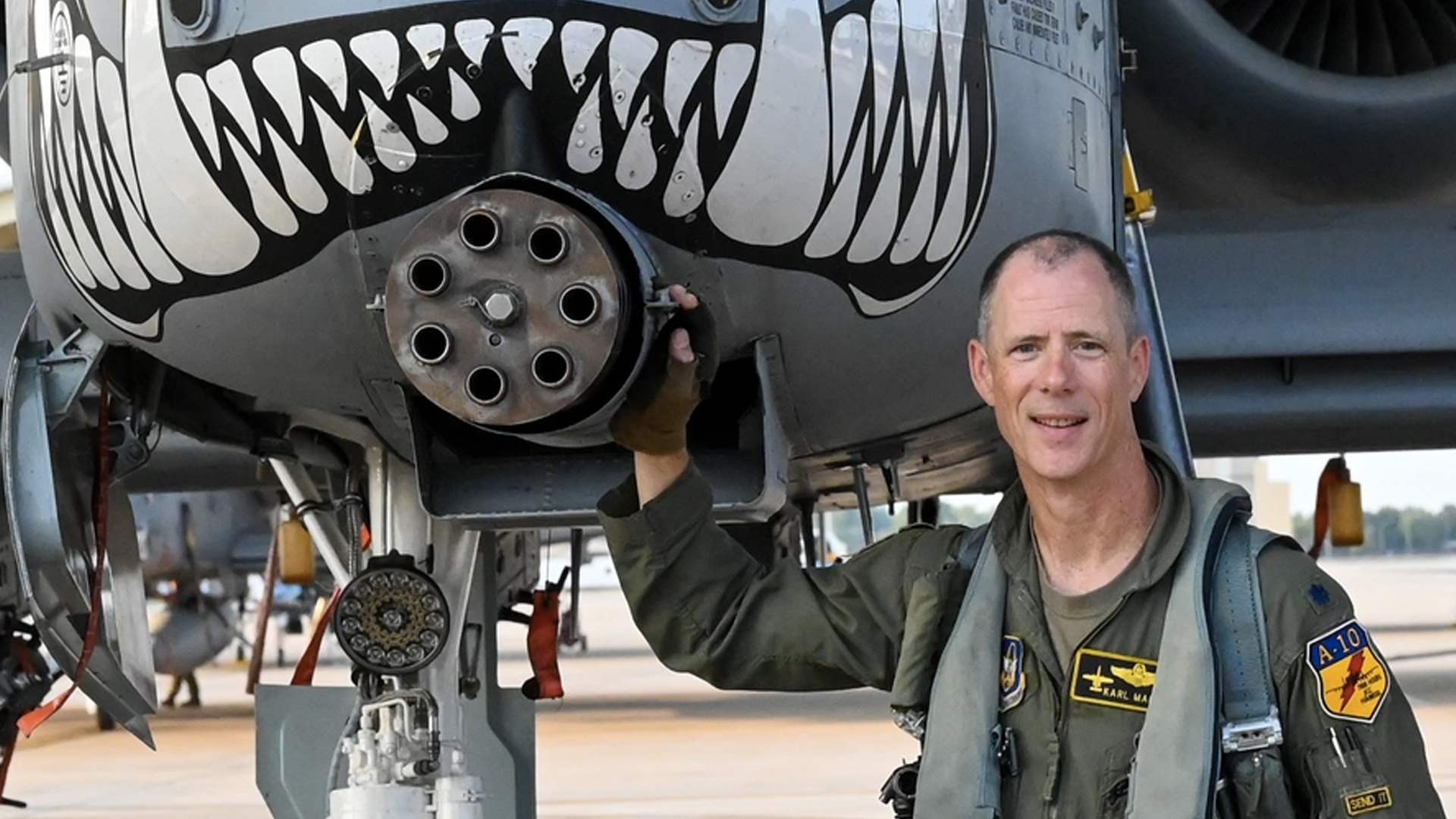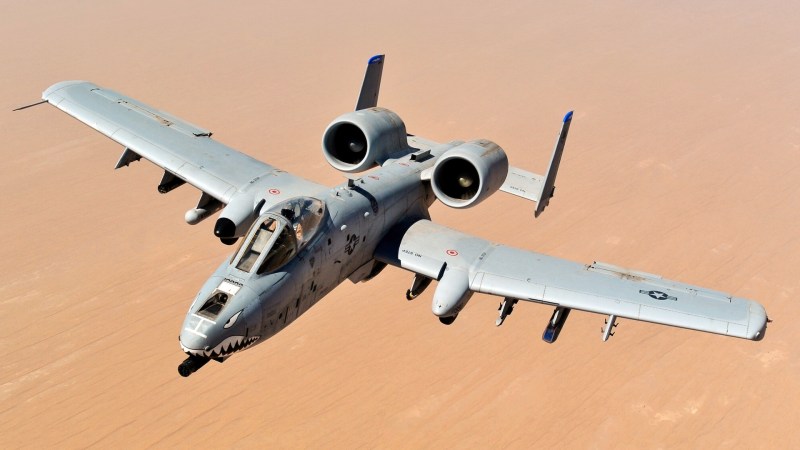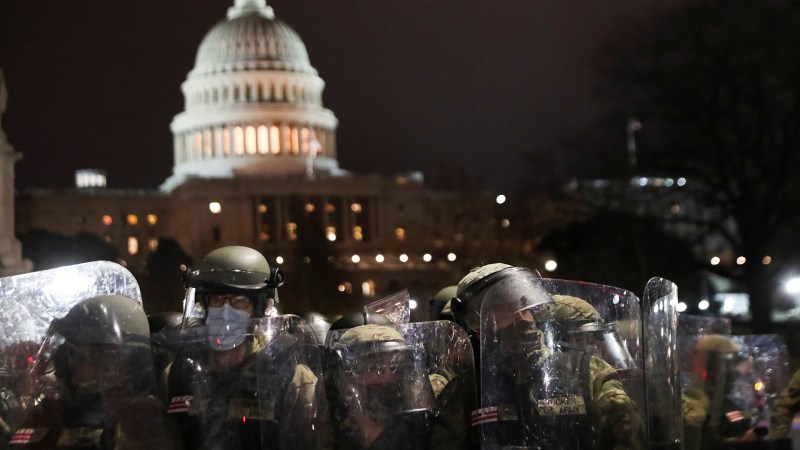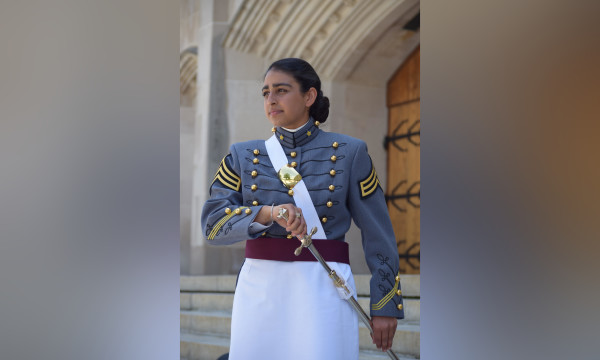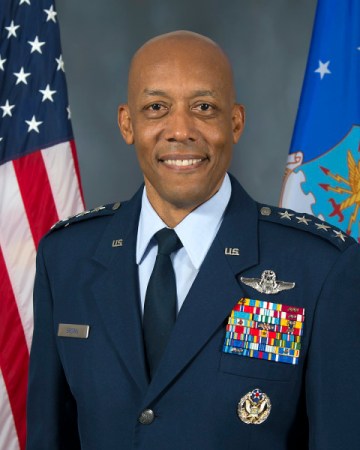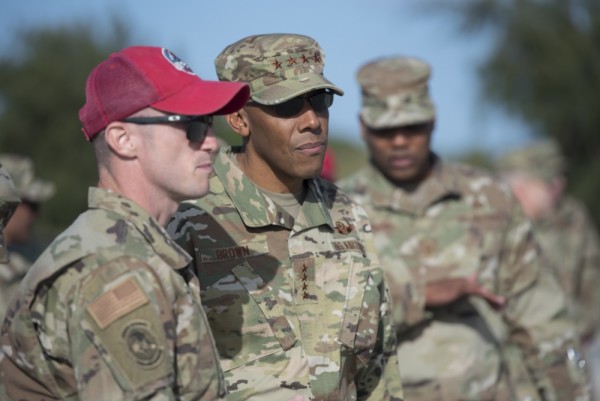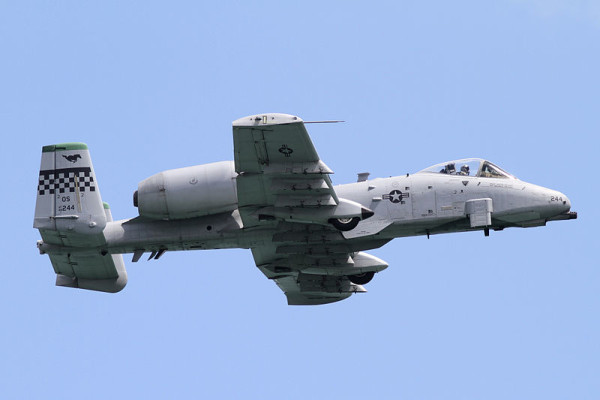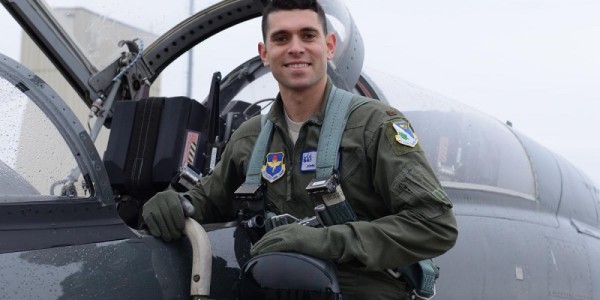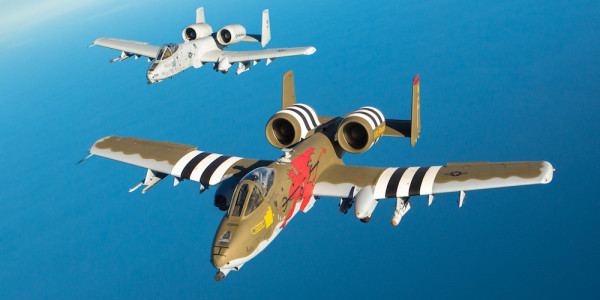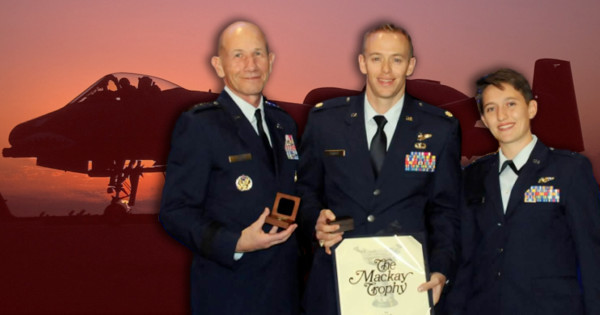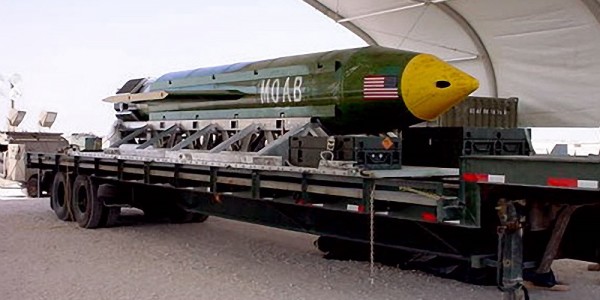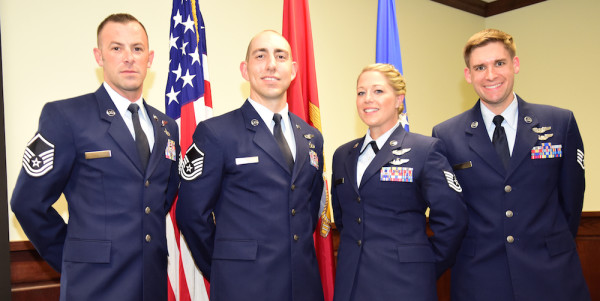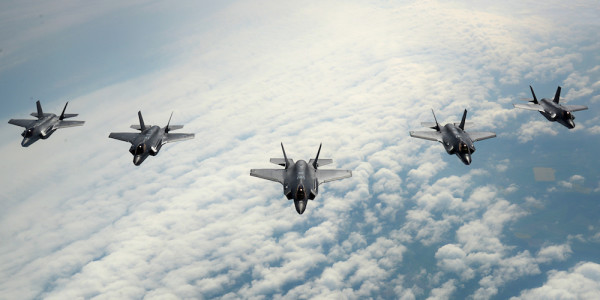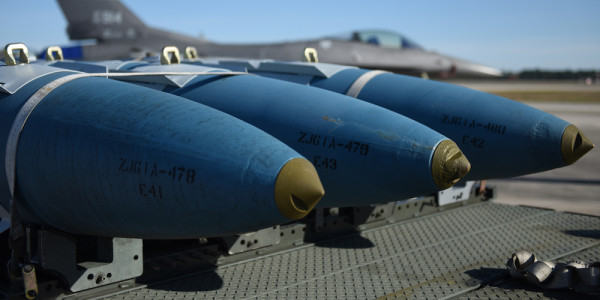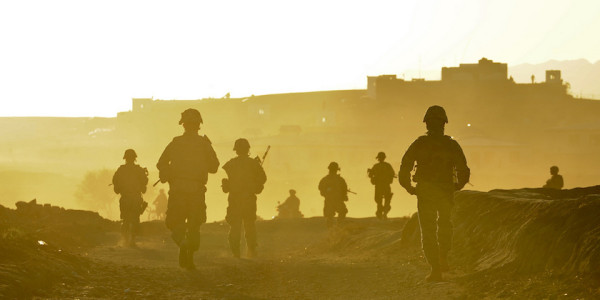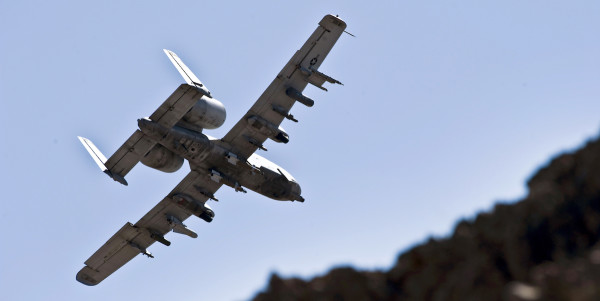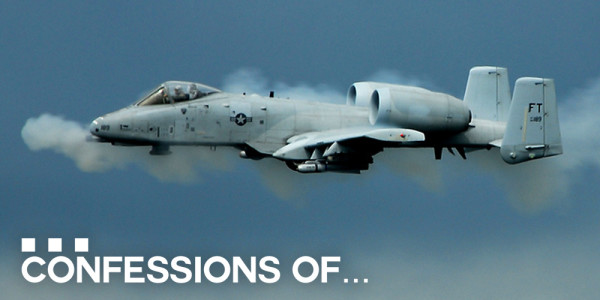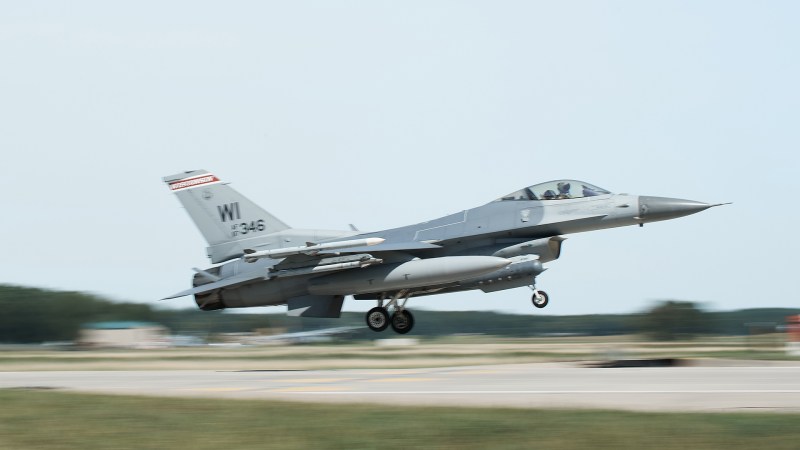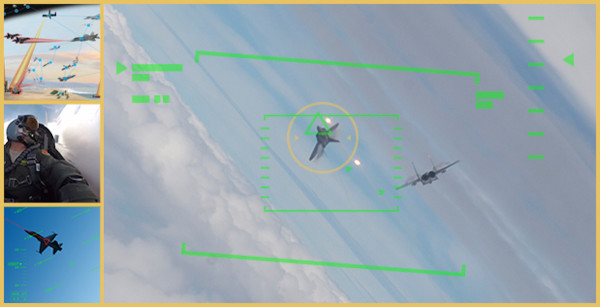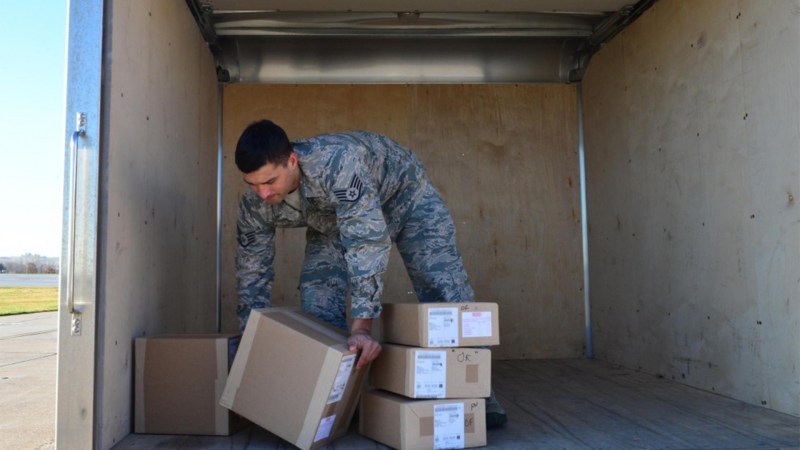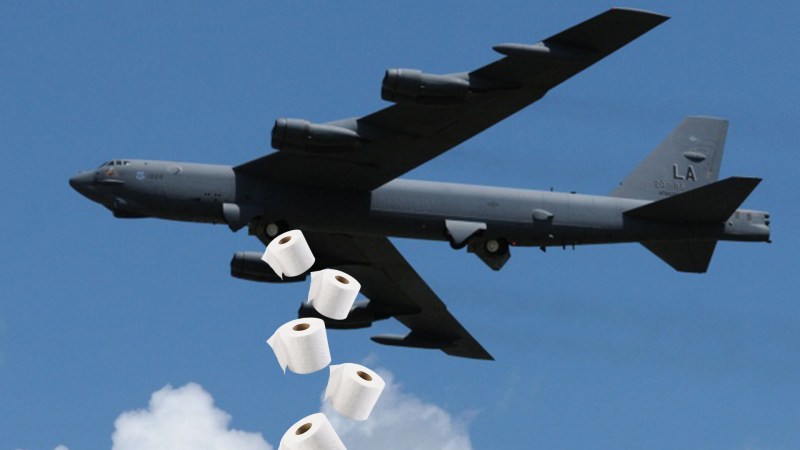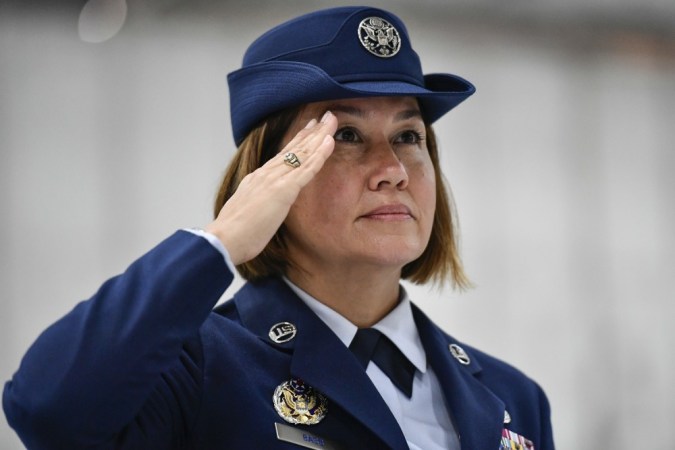Last weekend the Idaho Air National Guard hosted Hawgsmoke 2022, a one-of-a-kind biennial contest where 56 of the best A-10 Warthog attack plane pilots in the world sought to claim the title of best of the best. But how exactly did the competition work, and what did the pilots have to do to win? Lt. Col. John “Karl” Marks, who brought the prize of top overall attack pilot home to the 303rd Fighter Squadron, 442nd Fighter Wing at Whiteman Air Force Base, Missouri, explained what the meet was all about.
“I was joking with people coming back, like ‘well I assume the terrain out in Idaho is very beautiful but I wasn’t really looking at it,’” Marks said. “It was flashing by at 100 feet and I was just trying to make the timing and find the points and not hit the ground.”
This year’s Hawgsmoke competition centered on a single sortie where each team of four pilots flew through four stages: tactical, bombing, strafe, and visual reconnaissance. In the first stage, the tactical portion, the four-ship formation flew a predetermined route as low to the ground and as quickly as possible within safety limits, with bonus points for hitting certain checkpoints on time. In the second stage, bombing, each aircraft dropped three dummy unguided bombs on beat-up old tanks and trucks, earning points for accuracy. Like in the tactical stage, the pilots were on the clock: they had to hit the targets on time or else they would get a point deduction, and they did not have time for a second chance.
Then came the third stage: strafing, where the teams shot up a round cloth target strung up on four poles with the A-10’s infamous GAU-8 Avenger cannon. If the pilots hit the target at long-range, they were then cleared to approach for a short-range run, where their groupings of shots would be closer together. In the last stage, visual reconnaissance, the pilots scanned an area covered with hundreds of vehicles and used their sensors to identify six specific systems that they had been informed of beforehand. After ten minutes of that, the pilots returned to base for what must have been a whirlwind of a debrief.
“It goes by so fast, you’re back in the pattern landing and going ‘wow where did that two hours just go?’” Marks said.

Hawgsmoke grew out of the Gunsmoke competition, where all kinds of Air Force aircraft gathered to compete in air-to-surface missions. With the sheer number of different aircraft involved, the competition was too complex and expensive for the Air Force to keep running, Marks explained, so it ended in 1995. But that didn’t stop the A-10 community from putting on their own, more specialized version of the event in 1996.
“The original idea behind Hawgsmoke was ‘let’s keep it small, keep it in the A-10 community and still have a competition,’” Marks said. “The idea is to keep the footprint fairly small.”
Held almost every two years since then, Hawgsmoke has been hosted by A-10 bases around the country, and the contest has grown more advanced over the decades. With 33 years and 7,200 flight hours under his belt, Marks has flown the A-10 longer than just about anybody else on the planet. But even he was impressed at the level of complexity in this year’s Hawgsmoke competition.
“I would say this year’s competition had some of the most extensive rules of engagement that I have seen in these competitions,” said the pilot, who has participated in three Hawgsmoke events.
Subscribe to Task & Purpose Today. Get the latest military news, entertainment, and gear in your inbox daily.
The 2022 edition tried to simulate what pilots may face in the Air Force’s next big war. Experts and military planners warn that in a confrontation with China or Russia, those countries may try to gain an advantage by targeting the satellites that the U.S. military has grown dependent on for communication, navigation and targeting. Organizers at Gowen Field, Idaho used a GPS jammer to block Hawgsmoke competitors’ navigation systems, and the pilots also could not use many of the advanced weapons delivery systems that help them aim guns and bombs at the target.
“It was kind of a worst-case scenario … like ‘okay you’re going to have to navigate purely off of a paper map,’ which most of us don’t even carry anymore, in an area we’re not familiar with,” Marks said.

On top of that, the A-10 pilots also had to avoid simulated enemy missiles, anti-aircraft fire, and even early warning radar, which is very unusual in most Hawgsmoke competitions, Marks said. The degraded environment of this year’s Hawgsmoke has at least two positive effects. The first is that it helps pilots prepare for a possible war, while the second is that it levels the playing field by making the competition less about the technology and more about the skills of the pilot behind the control stick.
“When you go to degraded mode or total manual mode bombs, it’s more of a pilot competition versus a systems competition, where whoever has the best system dropping a bomb wins,” Marks said. “Even with GPS and sophisticated bombs you have to know how to employ it properly as the pilot, but it’s not the same as shooting the gun without any computer assistance and hitting the target.”
Part of the spirit of Hawgsmoke is to keep the competition as fair as possible. The squadrons competing do not have much time before the meet to prepare for the kind of events that will be featured in that year’s contest. In fact, some of the details are not revealed until the pilots are airborne and moving towards the tactical stage, when they can finally unseal envelopes containing specific target and route information.
“You only have a couple minutes to open the envelope, look at the targets, figure out who’s going to do what and then you have to get going,” Marks said. “Otherwise you’re going to be late, and if you miss your time on target, then none of your points count.”

Despite being a competition, Hawgsmoke is not quite the Olympics, where nations stack their teams with the best athletes possible in order to win the day. Instead, squadrons competing in Hawgsmoke often mix their teams with both old hands and younger, less-experienced pilots, Marks explained. Often the teams from Air National Guard or Air Force Reserve units have an edge over active duty teams, since Guard or Reserve pilots tend to be older, more experienced, and with less turnover in terms of personnel. But this year, Marks’ team featured two Air Force Reserve pilots and two active-duty younger pilots from the 358th Squadron, which has been training with Mark’s reserve squadron. It’s all in the name of benefiting the A-10 community by spreading the wealth so that younger guys can compete and learn from Hawgsmoke too, the lieutenant colonel said.
“It’s more of a gentleman’s agreement that we won’t purposely stack the team with just experienced guys,” he said. “It’s become more traditional to pick up some young guys so they can experience this type of competition.”
Another A-10 pilot, Lt. Col. Gregg Montijo, who retired in 2001 but still helps train Air Force pilots including A-10 squadrons, held a similar opinion. He pointed out that some of the best A-10 maintainers and weapons teams also join the pilots on the trip to Hawgsmoke.
“The big takeaway is that besides the competition, the units get to share information amongst each other, renew or start contacts among the A-10 squadrons and take the lessons learned from the competition back to their individual units,” he said. “It makes the A-10 community better which is a win for the Air Force.”

Sometimes the younger pilots perform better than expected. For example, the youngest pilot on Marks’ team this year placed third out of 56 pilots on the bombing section, an achievement of which Marks said he was very proud.
When the jets start flying, there is a wide range of criteria for which the pilots earn or lose points. For example, they might lose points for showing up late to an objective, or they might win them back by dropping bombs smack-dab on the target. But despite the realistic conditions, such as not having much time to prepare; working in a degraded environment; and being under the gun while gunning down targets, there are many subtle reasons why the competition is not quite the same as an actual combat mission.
For example, Marks explained that in a low-altitude combat environment, A-10 pilots fly very low to the ground, pop up to see the target, roll in for a very short final approach, deliver weapons on it, then drop back down to low altitude. The pilot said that long final approach runs leave the airplane a sitting duck. But in the competition, the pilots hung out at around 1,000 feet before making a nice long final approach with plenty of time to steady the aircraft and adjust for wind.
“It’s not as task-saturating as being at low altitude, where you can’t even see the target until you’re a few seconds from shooting it,” he said.
Even how pilots shoot at a target changes depending on the context and objective. For example, Marks said that in a competition, pilots will shoot shorter, more controlled bursts to try to get more of their bullets exactly on target and thereby get a higher score. But in combat, it may be the exact opposite.
“For instance if you’re strafing insurgents in a treeline you’re going to do a longer burst because you’re trying for more weapons effects and you’re not as concerned about whether the bullets start dispersing, in fact it might even help you hit a target,” he said.

Despite the many differences between combat and competition, Hawgsmoke does help airmen train the muscle memory of approaching a target and using weapons on it. That means in an actual combat situation, the pilots have more brain power to spare for the really hard stuff, like working with friendly troops on the ground to locate targets, all while avoiding enemy threats and possible friendly fire.
“We’re practicing the time on final where it’s just a few seconds to line up your target, use the right reference and make a smooth pass to hit the target, and that’s the same whether you’re in combat or a competition,” Marks said. “How you’re going to get there is different, whether you come in low or high or however, and leaving out all the tactical parts like finding a target, avoiding threats, talking to the friendlies and finding out where they’re at and all those many things that go into a mission long before you’re actually on final before you pull the trigger.”
The end result is the same though: meaning that when it’s time to shoot something, the pilot can do it without having to think “‘okay, how do I do this again?’” Marks said.

Even without the tactical benefits of Hawgsmoke, the event is a chance to reunite with far-flung buddies. Plus, in an era when senior Air Force planners have raised concerns about the A-10’s ability to survive in a conflict with China or Russia, it reminds doubters not to sleep on the old warhorse.
“I don’t know that we necessarily try to do it that way, but in this year’s competition, it shows ‘hey you can take out all the electronics and jam all that stuff and we can still find the target, we can still hit the target and we’re still as good as ever at doing the things the airplane was designed to do,” Marks said. “And we’re still here. I think that’s part of the whole experience.”
The latest on Task & Purpose
- Inside Norway’s complex plan to save a stranded Air Force Osprey
- The US military needs a lot more artillery shells, rockets, and missiles for the next war
- Army general declares Americans too fat or criminal to fight in rebuke of service leaders
- This video perfectly demonstrates why ‘backblast area clear’ matters
- Video shows paratrooper pull their reserve parachute right before impact, narrowly avoiding disaster
Want to write for Task & Purpose? Click here. Or check out the latest stories on our homepage.

